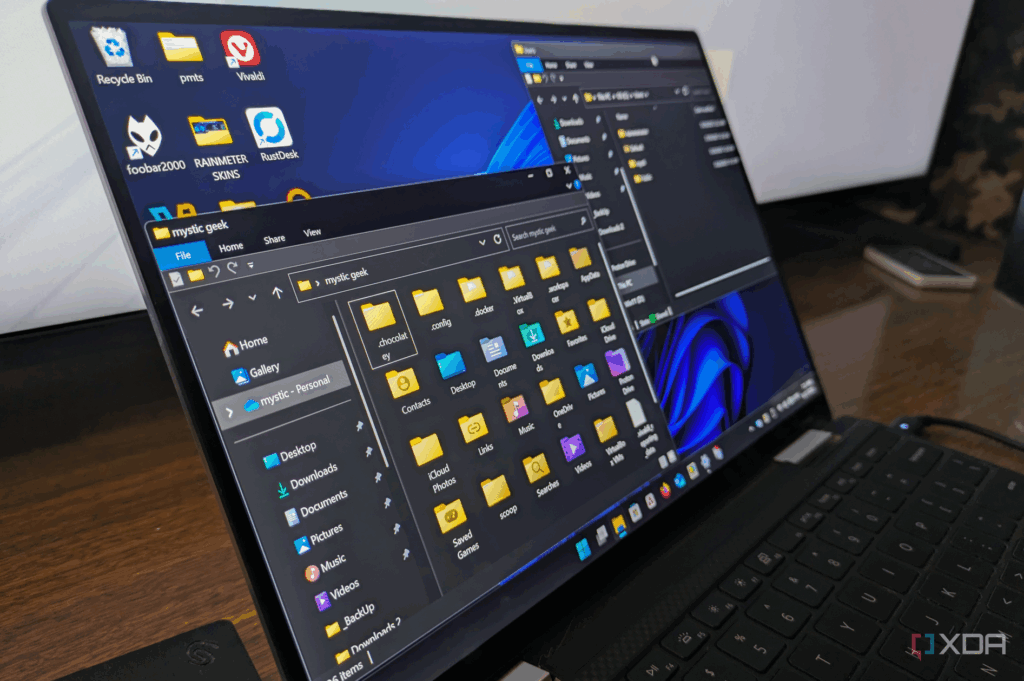
URGENT UPDATE: Windows users are facing critical issues due to recent updates, prompting calls to roll back to previous versions. Microsoft’s problematic updates have left many PCs vulnerable to severe malfunctions, making immediate action essential.
New reports confirm that a faulty Windows update from August 2025 (version KB5063878) has caused catastrophic problems for users of Phison drives, including data loss and complete drive failures. With Microsoft and Phison denying responsibility, the situation has escalated into a crisis. Users are urged to consider rolling back their updates to avoid potentially irreversible damage.
In addition to severe data loss, many users are reporting smaller but equally frustrating issues after recent updates. Following the rollout of Windows 11 in late 2021, players experienced game crashes and long loading times due to compatibility problems with anti-cheat software. If you’re facing similar headaches, rolling back may provide immediate relief, as it did for countless others.
Another pressing concern is the widespread compatibility nightmare linked to the introduction of the TPM 2.0 requirement. As applications increasingly demand this security feature, users without compatible hardware are finding themselves unable to access essential software. If your computer is struggling with these new demands, a rollback might be your only option to restore functionality.
Moreover, updates can slow down your PC or cause crashes without clear indications. Symptoms could include freezing applications, delayed response times, or even complete system failures. These issues are often linked to failed installations or driver updates, and waiting for a fix could lead to further complications. With the risk of needing costly hardware replacements looming, taking action now is critical.
Experts emphasize the importance of backing up your data before rolling back updates. Before initiating the rollback process, ensure all important files are saved, and consider taking a Windows System Restore snapshot. Once you begin the rollback, allow it to complete fully before attempting any additional updates or changes.
The urgency of addressing these Windows update issues cannot be overstated. If you’re experiencing problems, act quickly to protect your data and restore your system’s health.
For detailed guidance on how to roll back updates, consult Microsoft’s official support resources. Don’t let a faulty update ruin your computing experience—take control now.





